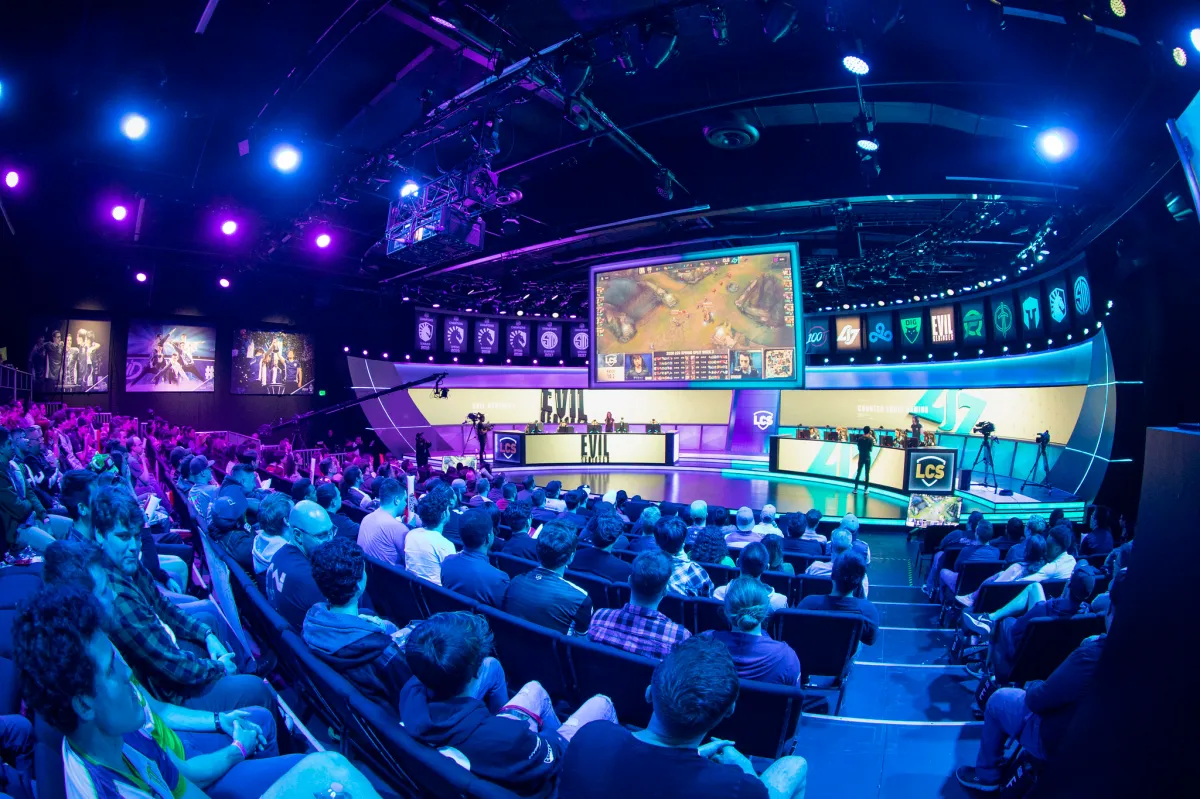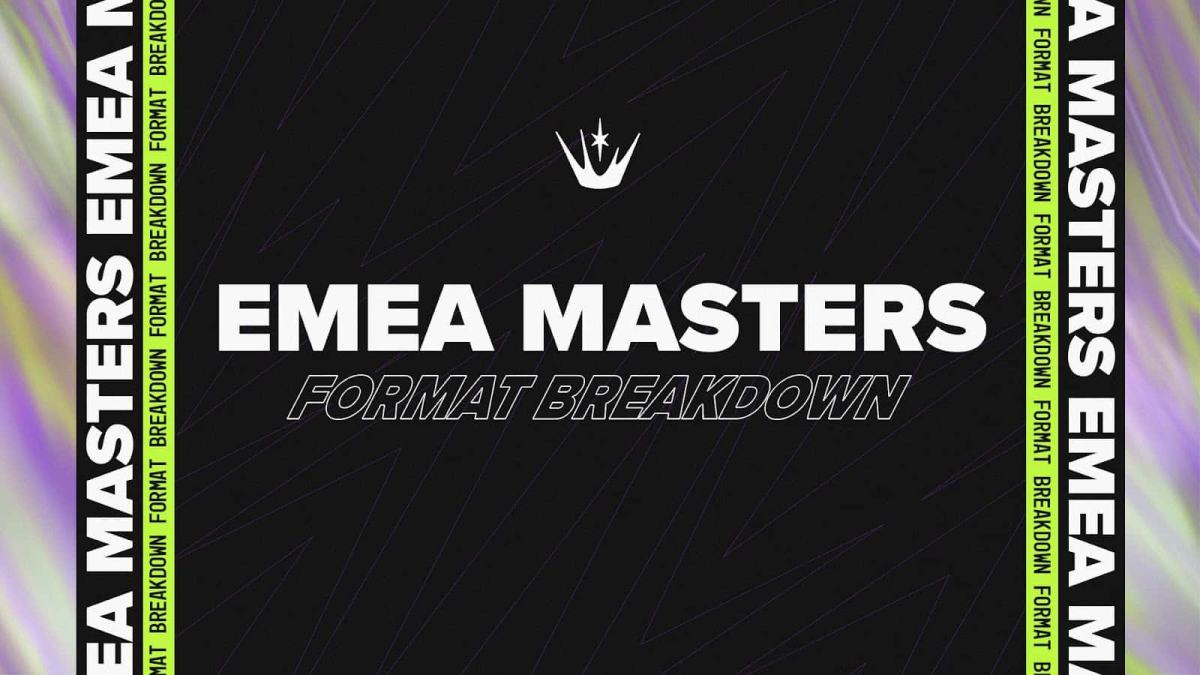The 2021 LCS Spring Split has started with two-straight weeks of year-over-year average viewership decline on Twitch. But the league is by no means in any sort of trouble.
With an average of 63,965 viewers over 19 hours of airtime this weekend, according to Twitch tracking website SullyGnome, the LCS saw its viewership averages drop by nearly 20,000 from last year when the league had just 13 hours of airtime.
Despite the declining averages, the league still reeled in 1.22 million hours watched over the weekend, up from 1.07 million last year.
The mixed bag for the LCS is a result of numerous schedule and format changes that include January’s Lock In tournament, more games being played per week, and moving games from Monday to Friday.
Last season, the league had eight regular season weeks. Four games were played on Saturday, four were played Sunday, and two were played on Mondays.
This season, the Spring Split is using a more condensed schedule to account for the highly popular preseason Lock In tournament that was held in January. With five games on Friday, Saturday, and Sunday, the Spring Split will last just six weeks.
In the first two weeks of the Spring Split this year, a decline in average viewership could be attributed to a lack of early-season hype that previous seasons typically held. This is due primarily to the installation of the Lock In last month.
With five of the tournament’s eight live broadcasts averaging more than 100,000 viewers, the event had more broadcasts average six figures than the entire 2020 Spring Split.
Meanwhile, the condensed Spring Split schedule has resulted in long weekends for some League of Legends fans who can’t watch every match. Nearly 20 hours of live broadcasting from Friday to Sunday is something that even some of the most diehard LCS fans aren’t able to consume all of.
The schedule change hasn’t made averages lower across the board, though. Getting rid of the Monday evening matches that the league had last year has actually been a boost to the LCS so far.
Last year, the LCS’s shorter Monday broadcasts had 73,696 average viewers in week one and 46,960 in week two. This year, they’ve been replaced with a fuller slate of Friday matches that have performed notably better.
Week one of Friday Spring Split action averaged 74,480 viewers across 7.2 hours. This past Friday, Feb. 12, had an average of 66,784 over 6.2 hours.
We won’t truly know if the league’s schedule changes have positively or negatively affected viewership on Twitch until every game has been played. But for now, looking at more than just the averages will be a key to better understanding how the league is performing.
Make sure to follow us on YouTube for more esports news and analysis.







Published: Feb 15, 2021 01:25 pm